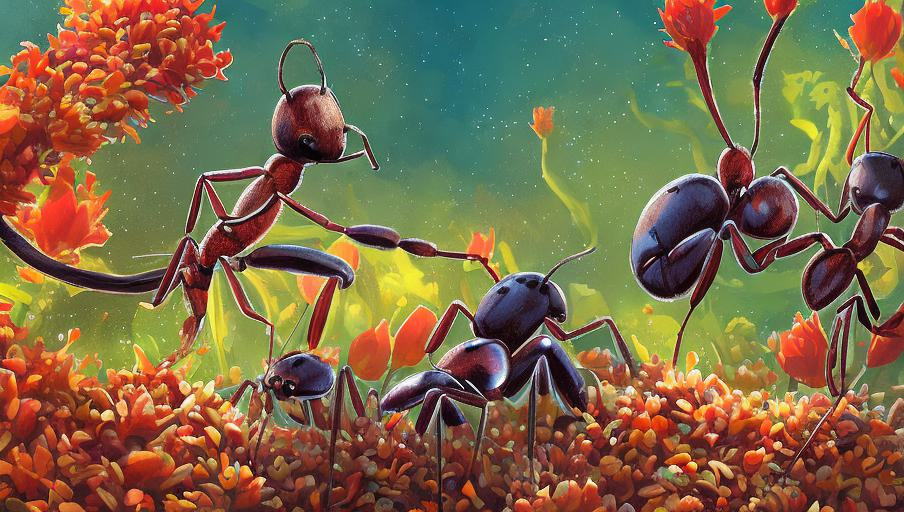Insight Into Ant Behavior

Introduction to Ants
Ants are among the most common and successful creatures on Earth. They are found virtually everywhere, from the arctic to the tropics. Ants are social insects that live in large colonies with a division of labor among different roles. They are also incredibly hard-working and resourceful, capable of carrying objects up to fifty times their body weight.
Social Structure and Communication
Ants live in cooperative colonies with a complex social structure. In most species, the colony is headed by one or more queens who are responsible for laying eggs and producing new workers to care for the colony. Ants communicate with each other using pheromones, which are scented chemicals released by the ants. They also use other methods of communication, such as vibrations and sounds.
Foraging and Nest Building
Ants are incredibly hard-working and resourceful creatures. They are constantly foraging for food and building their nests. Ants use their strong jaws to collect small pieces of food and carry them back to the nest. They will also build intricate networks of tunnels and chambers to store food and protect their colonies from predators.
Ants and Humans
Ants have a complicated relationship with humans. They can be both beneficial and harmful to our environment. Ants can help keep insect populations in check, but some species can become a nuisance when their nests are built on or near human dwellings. Ants can also bring disease, such as the plague, and can cause damage to crops and other plants.
Conclusion
Ants are fascinating creatures that have adapted to almost every corner of the world. They have a complex social structure, communicate using pheromones, and are incredibly hard-working. While ants can be helpful to humans, they can also be a nuisance and bring disease. Understanding their behavior can help us coexist more harmoniously with them.





